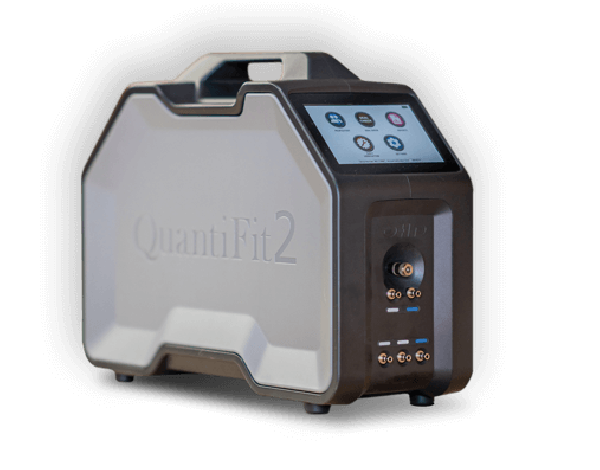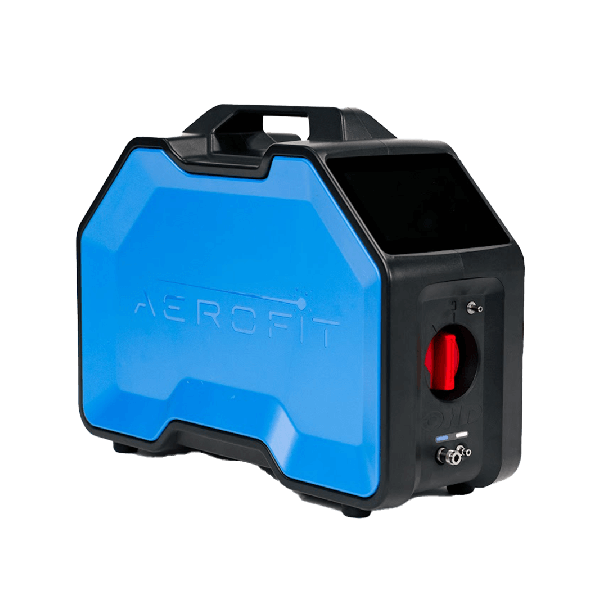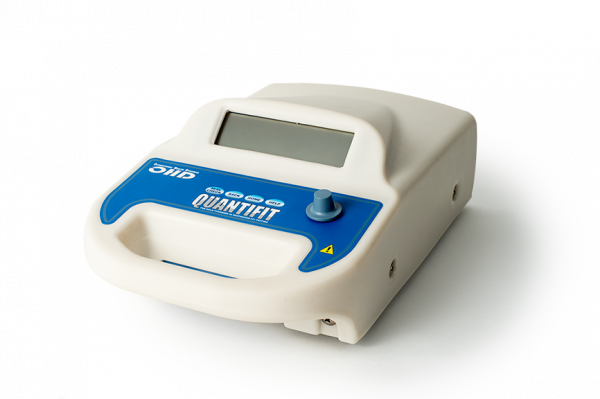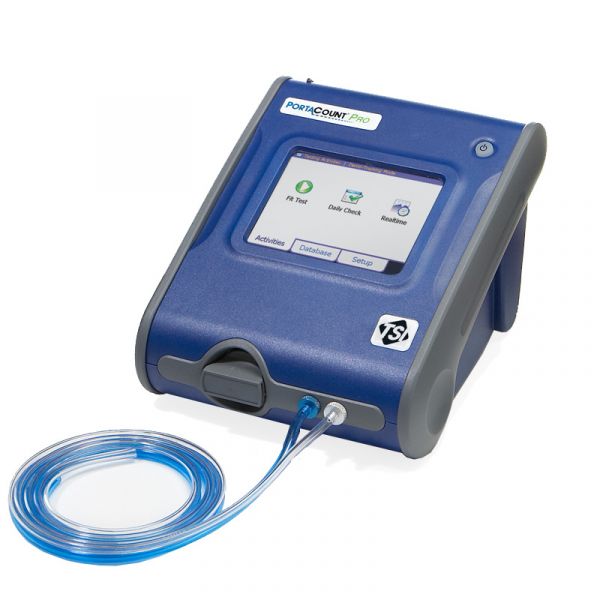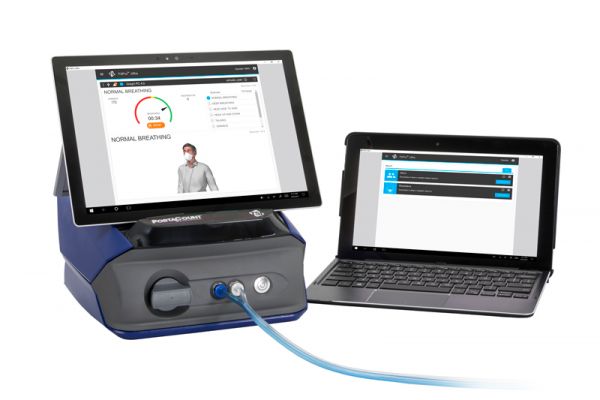Respirator fit testers can be rented from Air-Met Scientific offices nationally for short and long term hire. Reach out to any of our offices located in Adelaide, Brisbane, Mackay, Melbourne, Perth, and Sydney to discuss your respirator fit tester rental requirements.
The types of respirators that require fit testing can vary depending on the jurisdiction. Across Australia, fit testing is generally required for all workers wearing tight-fitting respirators. This includes both full and half-face respirators, regardless of whether they are reusable or disposable. Fit testing for respirators is essential where workers may be exposed to hazardous airborne contaminants including dusts and aerosols such as silica.
It is also important to consider the technology used by the fit tester and the applicability for the type of respirator being used.
Qualitative and quantitative respirator fit tests differ primarily in their testing methods and accuracy. Qualitative fit testing uses an agent such as saccharin, banana oil, or even a smoke irritant, which is released outside the respirator, sometimes under a hood, and tests if the wearer can sense or smell the agent. This relies on the user's sensory detection of the test agent, making it subjective and unable to be quantified. It is typically used for half-mask respirators. In contrast, quantitative fit testing uses specialised instruments with approved technologies to measure the amount leakage of particles or air into the mask, providing objective results. This method is suitable for all tight-fitting respirators and quantifies the result with a fit factor, offering higher accuracy beyond a simple fail or pass result. Quantitative test methods include generated aerosol, ambient aerosol, and controlled negative pressure methods, which each have varying pros and cons and are suitable for different applications.
For more information on the different fit testing technologies and equipment best suited to your application, reach out to your local Air-Met Scientific office.
Like any piece of equipment used for measuring, respirator fit testers require regular maintenance and calibrations to ensure their accuracy and reliability in keeping your team protected. It is recommended that this is done at least annually and involves checking for any wear and tear, ensuring the sensors are functioning correctly, and verifying that the software is up to date. Proper maintenance helps in providing consistent and accurate fit test results, which are crucial for ensuring the safety and protection of workers.
Respirator fit testers can be serviced with the manufacturer or an authorised local service centre to ensure it is handled by a trained service technician with knowledge of the device’s inner workings. This also ensures the equipment’s integrity is maintained along with any manufacturer warranties.
Air-Met Scientific is a manufacturer authorised service centre for a range of trusted brands. Contact your local representative to enquire more about your service requirements.
For testing masks where workers may be exposed to respirable crystalline silica (RCS), a quantitative fit tester is suitable. Quantitative fit testing provides precise measurements of the mask's fit by detecting any leakage around the face seal and generating a fit factor. Since RCS exposure is a significant health hazard that can remain permanently in the lungs, it is imperative that respiratory protective equipment is tight-fitted and accurately fit tested to reliably ensure that workers are under no circumstances exposed to dangerous levels of RCS.

